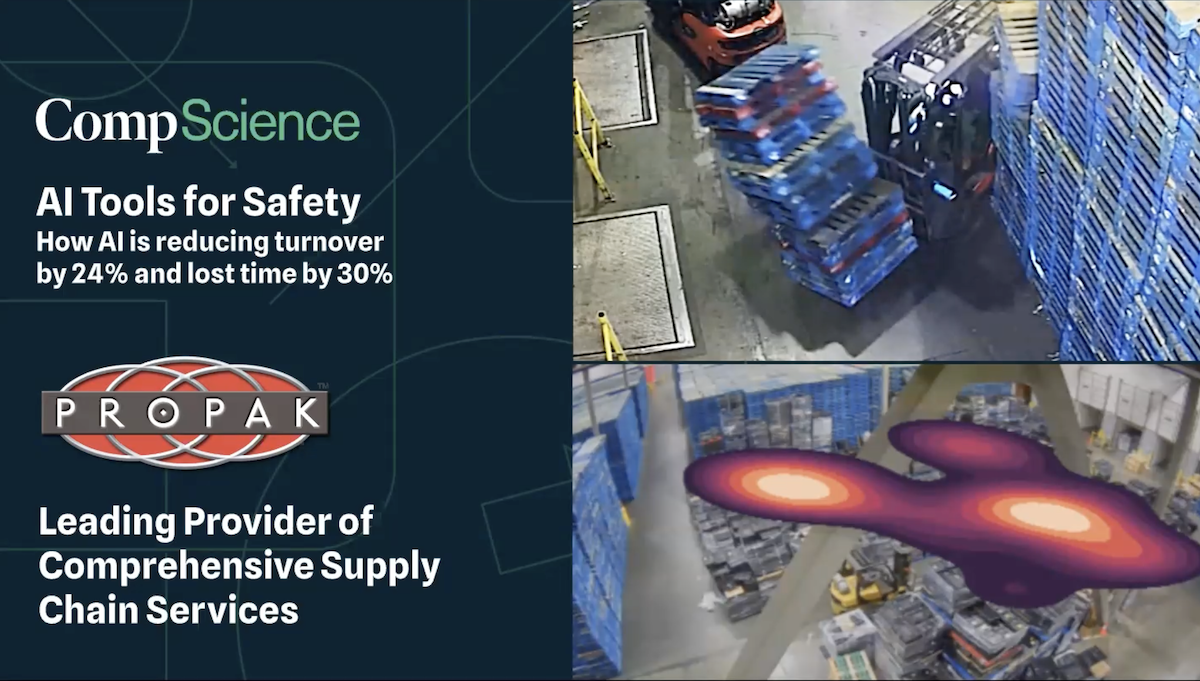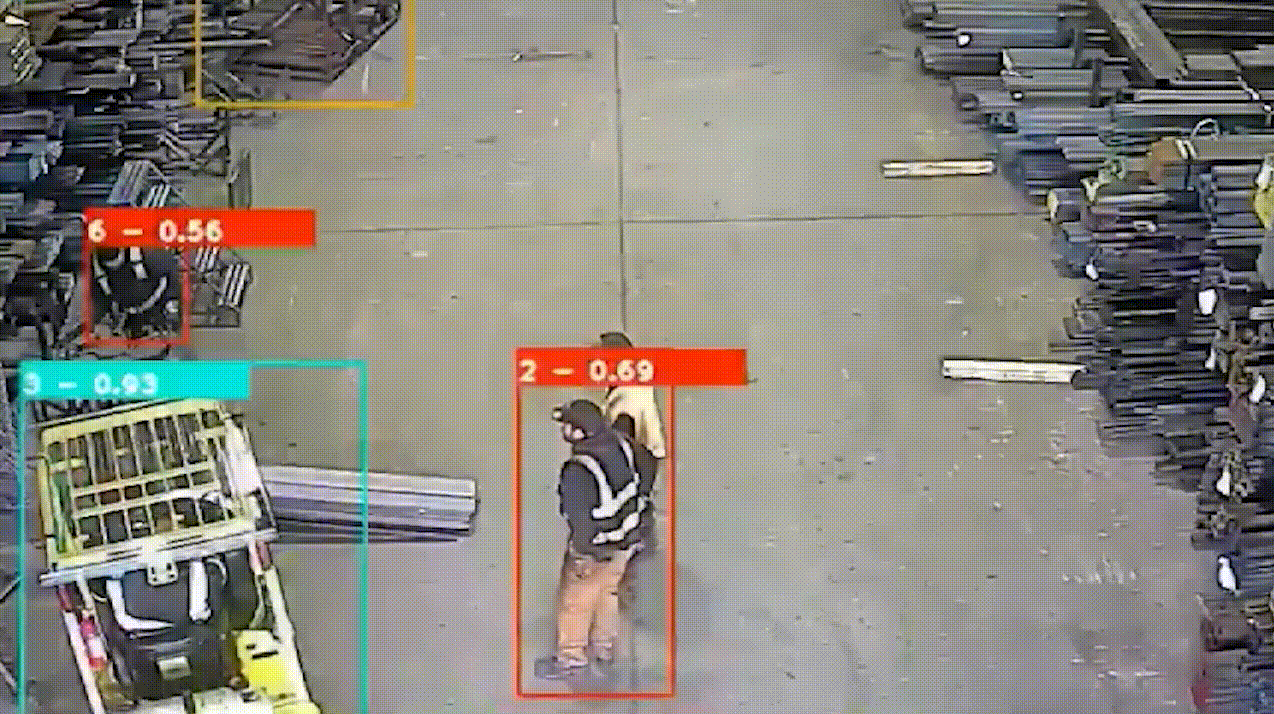How Can You Quantify The Value of Improved Workplace Safety?
There are a few different approaches that can be used to quantify the value of improved workplace safety:
- Cost-benefit analysis: This approach involves calculating the costs of implementing safety improvements (such as the cost of new equipment or training programs) and comparing them to the benefits (such as reduced workers’ compensation claims or increased productivity). This can help organizations determine the net value of safety improvements.
- Return on investment (ROI): This approach involves calculating the ratio of the benefits of improved workplace safety to the costs of implementing those improvements. A high ROI indicates that the benefits of improved safety outweigh the costs.
- Cost-avoidance analysis: This approach involves calculating the potential costs of accidents or injuries that were avoided due to improved safety measures. This can help organizations understand the value of safety improvements in terms of the costs that were avoided.
Overall, there are a variety of approaches that can be used to quantify the value of improved workplace safety. It is important for organizations to consider the costs and benefits of safety improvements in order to make informed decisions about how to allocate resources.









